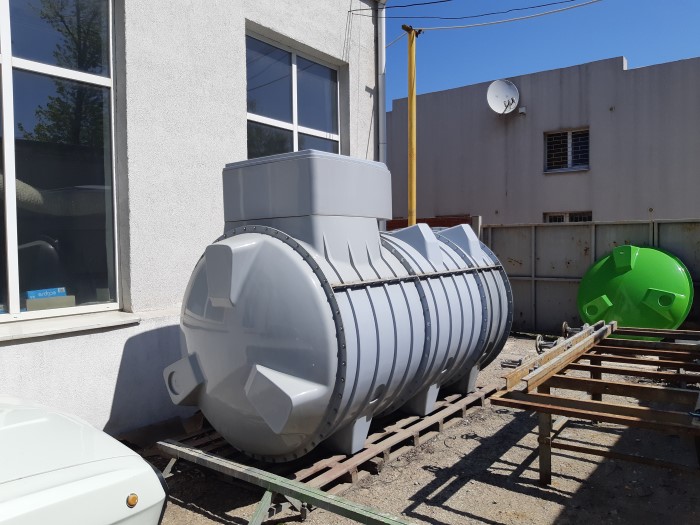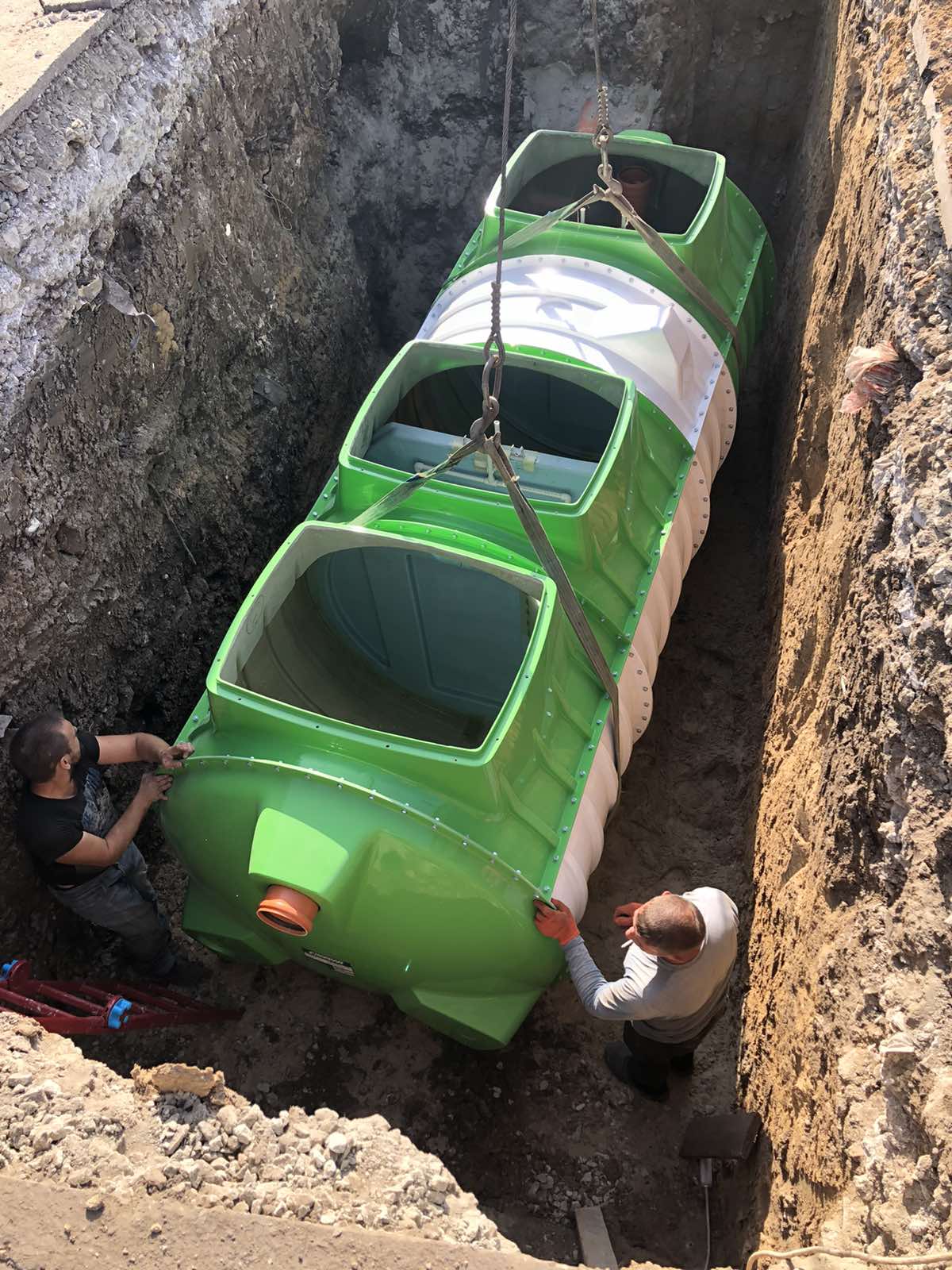
BiTank - Self-supporting tanks for fuel, agrochemical and chemical products.
A unique system of BiTank self-supporting tanks for aboveground and underground storage of most fuels and lubricants (gasoline, diesel fuel, fuel oil, etc.), agrochemical products, chemical solutions and other aggressive liquids.
Tanks and reservoirs have a double wall, consisting of a power layer and a contact layer, the material of which is determined by the resistance to a particular stored aggressive environment.
The contact layer can be made of:
- High-density polyethylene (HDPE)
- Polypropylene
- Steel (coated or uncoated)
- Polymer non-woven fabric
- Fluoropolymer materials (PVDF, etc.)
- Other materials
The design of the tank (reservoir) makes it possible to assemble it directly at the construction site. This significantly reduces the cost of transportation, something especially important for large-volume tanks, when it comes to transportation of bulky cargo over long distances.
If the tank is assembled indoors, all elements must be brought into the premises prior to installation and there should be sufficient space for manipulation and movement of elements and the whole tank within the premises.


The materials used to create tanks and reservoirs are resistant to all types of corrosion, which ensures a long service life.
Advantages of the BiTank tank system:
- High durability
- Resistance to corrosion
- Long service life
- Lightweight
- Logistical mobility
- On-site assembly possible
- Variability
Aboveground storage. Outdoor use. Premises.
A level and firm base. There must be a high-quality base for placing the tank. The optimal choice is a reinforced concrete foundation. There are two ways to install the tank. If the tank arrived in assembled form, it is necessary to ensure the site with appropriate lifting and transporting equipment and slinging tools. The next step is to install the tank in its intended position, observing the safety requirements. If the tank is assembled on site, there should be sufficient conditions for convenient and safe installation.


Reliable supporting and enclosing structures. The tank design features its own support elements in the form of molded "legs", but additional support elements can also be used. The main requirement is an even distribution of loads.
Underground storage.
Smooth and solid foundation


Appropriate lifting equipment and slinging

Correct positioning, secure fastening and proper bundling.

Installation guidelines are provided


